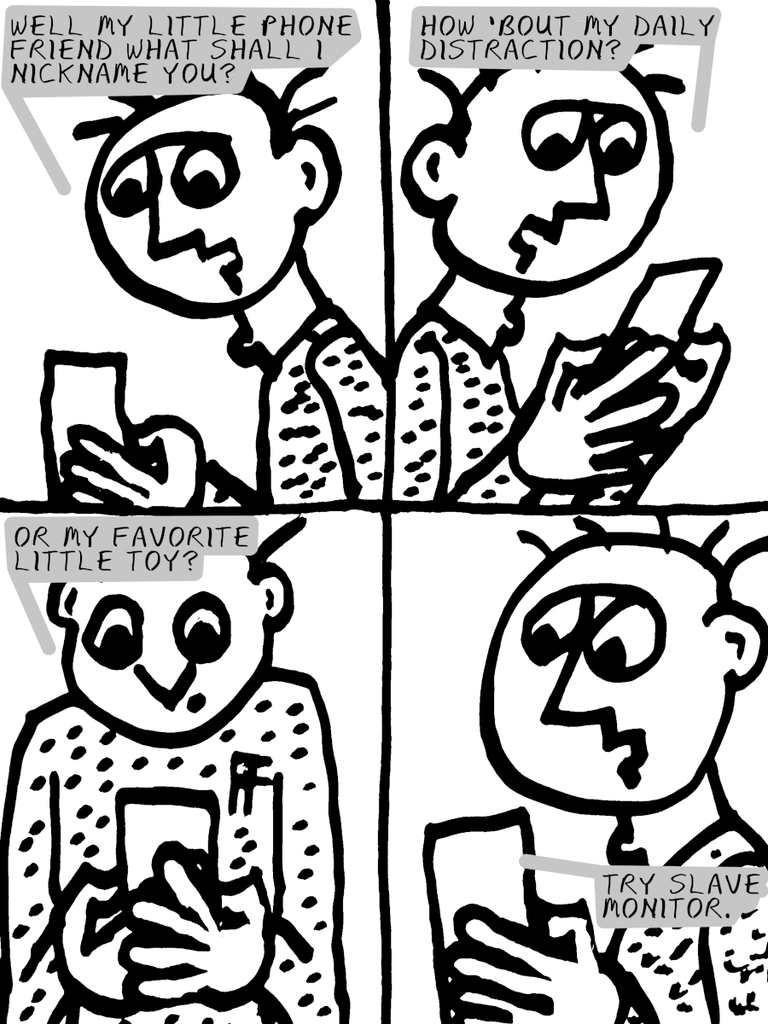
Why Are People Addicted to Their Cell Phones
People may become addicted to their cell phones due to a combination of factors, including the design of the devices and the apps they use, as well as individual psychological traits.
Firstly, cell phone apps are often designed to be highly engaging and rewarding, which can trigger the release of dopamine, a neurotransmitter associated with pleasure and reward. This can create a cycle of seeking out more interactions and notifications, leading to compulsive behavior. Additionally, the unpredictability of when positive reinforcements, such as “likes” or “comments,” will occur can further reinforce the habit of constantly checking the phone.
Secondly, certain personality traits can make individuals more susceptible to cell phone addiction. For example, studies have shown that females, extroverts, and individuals with high levels of neuroticism and low openness to experience are more likely to exhibit problematic cell phone use. Neuroticism is linked to low self-esteem and the need for social approval, while low openness to experience implies a tendency to avoid disagreeable emotional states.
Moreover, the younger age at which individuals first obtain a cell phone can increase the likelihood of problematic use in the future. Adolescents, in particular, are more prone to cell phone addiction due to their lower self-control and the importance of social interactions facilitated by these devices.
Lastly, the social and environmental context also plays a significant role. For instance, the prevalence of cell phone addiction is higher in certain regions, such as Korea, compared to others, like the United States. This suggests that cultural and societal factors may contribute to the issue.
In summary, cell phone addiction can be attributed to the design of the devices and apps, individual psychological traits, and social and environmental factors.
Cellphone surveillance methods used by spy agencies include various techniques to track and monitor individuals.
Stingrays: Also known as cell-site simulators or IMSI catchers, these devices mimic cell phone towers to force nearby phones to connect to them, revealing information about the phone and its user.
Dirtboxes: Similar to Stingrays, these devices are typically mounted on aerial vehicles and can mimic cell sites, collect data, and jam signals.
Cellphone spying software: This type of software can be installed on a phone to enable remote monitoring, tracking, and data collection, including conversations, messages, and location information.
Tower dumps: This method involves collecting data from cell phone towers to track the identity, activity, and location of phones that connect to the tower over a set period.
Geofencing: This technique involves creating virtual boundaries around a specific area to track phones that enter or exit the area.
Artificial intelligence-powered surveillance: Spy agencies can use AI software to analyze large amounts of data collected from cell phones, CCTV cameras, and other sources to identify patterns and anomalies.
Phone hacking: This involves gaining unauthorized access to cell phones, either by intercepting calls or accessing voicemail, to collect sensitive information.
Malware: Spy agencies can use malware to infect phones and collect data, including location information, messages, and other sensitive information.
These methods are often used in combination with other surveillance techniques, such as physical surveillance and online monitoring, to gather intelligence and track individuals. However, the use of these methods raises concerns about privacy and civil liberties, and their use is often subject to legal and ethical scrutiny.
Big tech companies have been utilizing cellphone data mining for various purposes in 2024. The primary goals of cellphone data mining include:
Predictive Analytics: To anticipate future trends and behaviors, enabling businesses to make informed decisions and stay ahead in the market.
Personalized Marketing: To create targeted advertisements and offers based on individual preferences and behaviors, increasing the effectiveness of marketing campaigns.
Operational Efficiency: To optimize business operations, such as streamlining processes and improving customer service, by analyzing cellphone data.
Revenue Generation: To generate revenue through the sale of anonymized and aggregated cellphone data to third-party companies.
The practices used by big tech companies for cellphone data mining in 2024 include:
Real-time Data Processing: Utilizing technologies like stream processing and event-driven architectures to analyze cellphone data as it is generated, enabling businesses to react swiftly to changing market conditions.
Artificial Intelligence and Machine Learning: Applying AI and ML algorithms to cellphone data to extract valuable insights and patterns, which can be used to improve business operations and decision-making.
Data Visualization: Using big data visualization tools like Tableau and Power BI to create interactive and informative dashboards, facilitating the communication of key findings and supporting data-driven decision-making.
Cloud-based Big Data Technologies: Leveraging cloud-based big data technologies, such as hybrid cloud and data lakes, to store and process large volumes of cellphone data, ensuring scalability and flexibility.
However, the use of cellphone data mining by big tech companies has also raised concerns about:
Data Privacy: The need to balance data utilization with consumer privacy and ethical considerations, ensuring that individuals’ personal information is protected and used responsibly.
Ethical Considerations: The importance of adopting responsible data mining practices, such as obtaining explicit consent for data collection and providing transparency in data processing, to maintain public trust and ensure long-term sustainability.